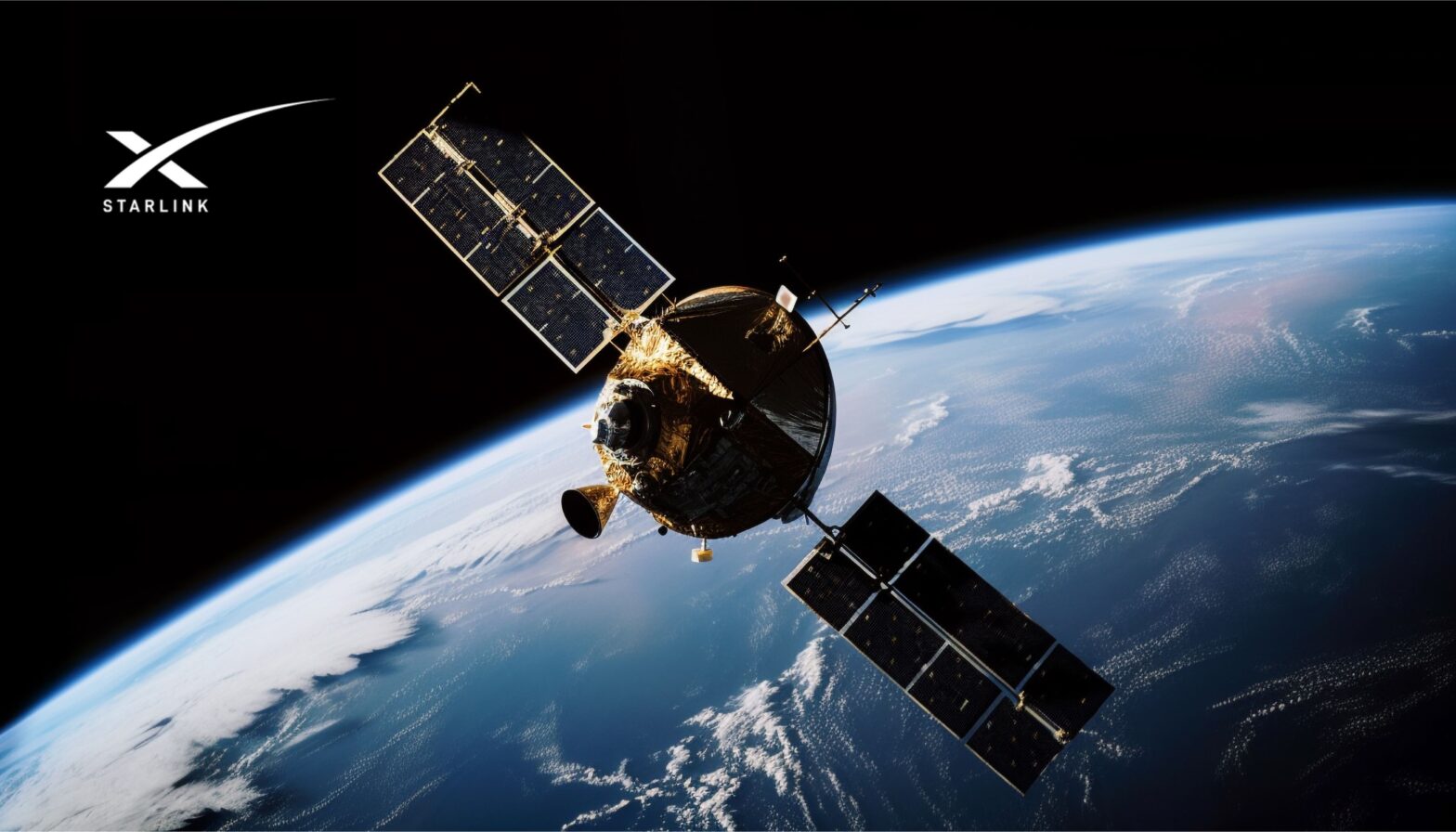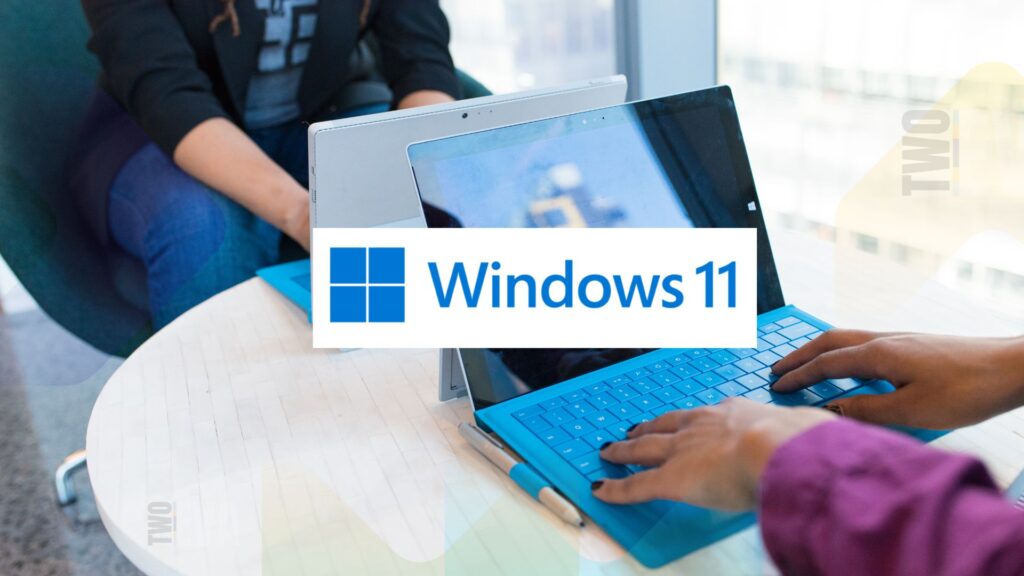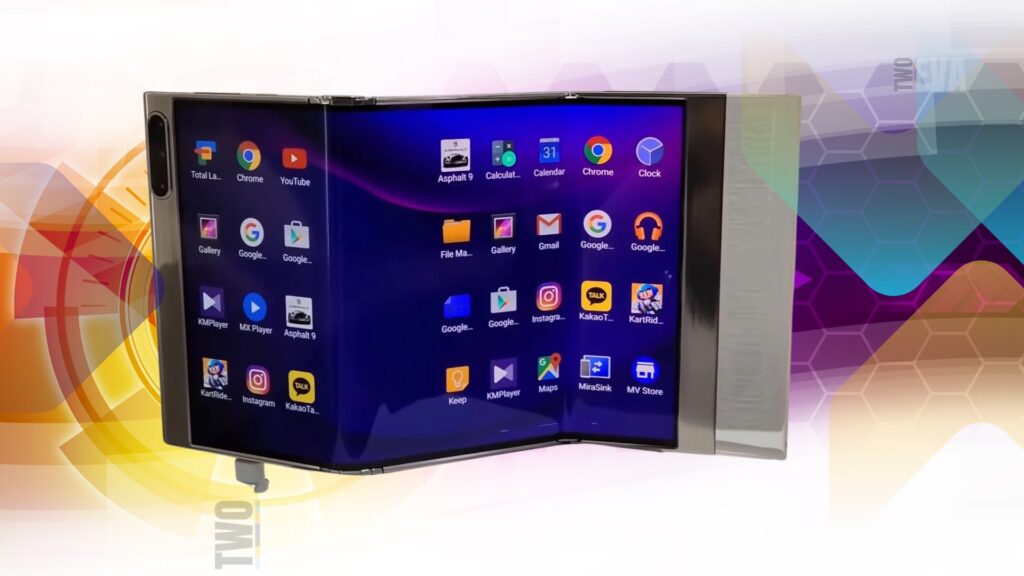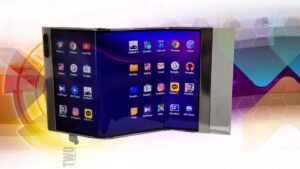Elon Musk’s SpaceX is preparing a bold expansion of its cellular Starlink satellite network, aiming to operate thousands of satellites capable of delivering cellular services directly to mobile phones. The plan, which Musk hinted at in a recent tweet, is set to revolutionize mobile connectivity in underserved regions and could mark a significant step forward for global telecommunications.
Ambitious Coverage Expansion
Currently, SpaceX has launched around 300 cellular-enabled Starlink satellites, a fraction of its 6,000-strong satellite network designed for high-speed broadband. These new cellular-capable satellites are engineered to connect directly to cell phones without additional hardware, providing service in areas lacking traditional cell tower coverage. Initially, the service will support SMS text messaging for T-Mobile users, with plans to expand into real-time voice and video calls in the coming years.
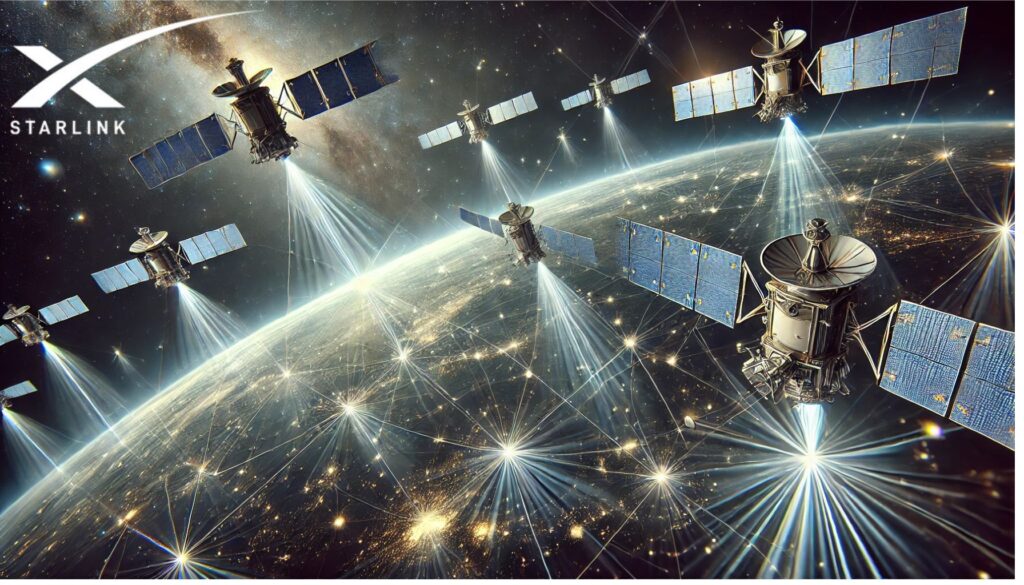
According to Musk, the future vision includes a satellite fleet that could eventually match the scale of the existing broadband network. As Musk stated, “This is just the beginning” as SpaceX prepares to bridge connectivity gaps worldwide. However, the plan’s success hinges on regulatory approval. SpaceX recently pushed for permission to operate up to 30,000 satellites but currently holds authorization for just 12,000, so approvals from the Federal Communications Commission (FCC) remain critical.
Aiming to End Connectivity Dead Zones
The idea of using satellites to provide cellular coverage is not new, but SpaceX’s approach with Starlink is unique in its ambition and scale. Satellite-driven internet access has primarily been offered through larger, geostationary satellites that cover vast areas but are limited by high latency and bandwidth constraints. By operating in lower Earth orbit (LEO), Starlink’s satellites deliver faster response times and can effectively connect devices without requiring users to install special equipment, a capability that Musk believes will be a “gamechanger.”
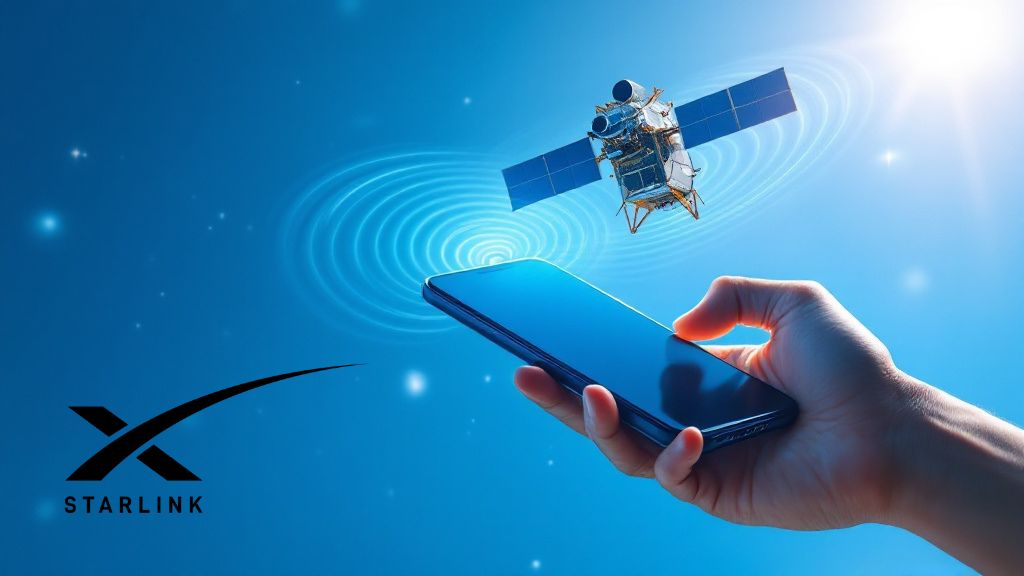
Ben Longmier, SpaceX’s senior director for satellite engineering, noted that the direct-to-cell network already works for devices outdoors and even indoors if near a window. “Only five more launches are needed to complete the first commercial constellation,” he added, indicating that full cellular coverage could arrive soon. However, the bandwidth for mobile devices, as Musk pointed out, will be about one-tenth that of traditional Starlink terminals. Early tests in March showed download speeds around 17 Mbps, which, while lower than broadband, is sufficient for basic communication services.
Environmental and Regulatory Challenges
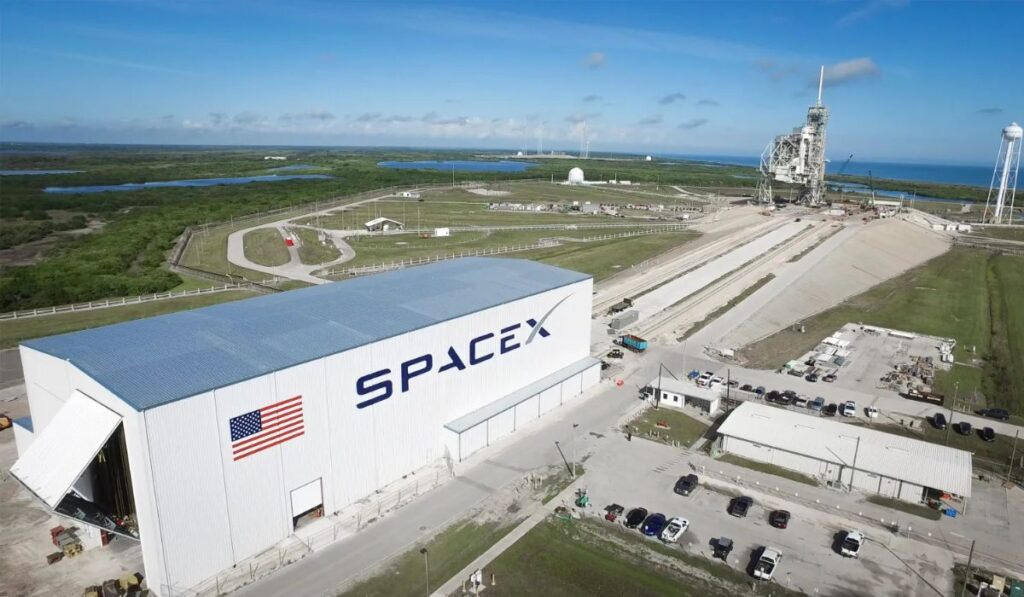
SpaceX’s ambitious plans have sparked regulatory and environmental concerns. With thousands of new satellites planned, critics worry about the increased risk of space debris from potential collisions. The FCC faces calls to assess these risks, with astronomers and scientists also urging a pause on “mega-constellations” like Starlink. Astronomers argue that the high volume of satellites interferes with astronomical observations and potentially harms Earth’s atmosphere during re-entry, where satellite materials can release particles into the air. Apple’s investment into the satelite industry only adds to the worries of scientists.
Some major cellular carriers, including AT&T and Verizon, are raising concerns as well. These companies fear potential radio interference issues from the new Starlink satellites, which could impact their networks.
Context and Future Prospects
SpaceX’s Starlink program initially focused on providing global internet access. Since its launch in 2015, Starlink has deployed thousands of satellites to create a broadband network capable of serving remote and underserved areas. However, with its pivot to direct-to-cell technology, SpaceX aims to redefine mobile communications by offering services to people who have never before had access to reliable cellular coverage.
The technology could have transformative impacts, particularly in developing regions where building traditional cell towers is costly and logistically challenging. For SpaceX, the potential customer base spans millions of individuals worldwide who stand to benefit from improved access to digital communication, as well as industrial clients that rely on real-time data in remote areas.
While SpaceX faces considerable hurdles, including regulatory and technical challenges, Musk’s plan to operate thousands of cellular Starlink satellites represents a significant leap toward a globally connected world. If successful, Starlink’s direct-to-cell service could redefine the telecommunications industry, expanding connectivity options and reshaping how people communicate across vast, disconnected regions.

